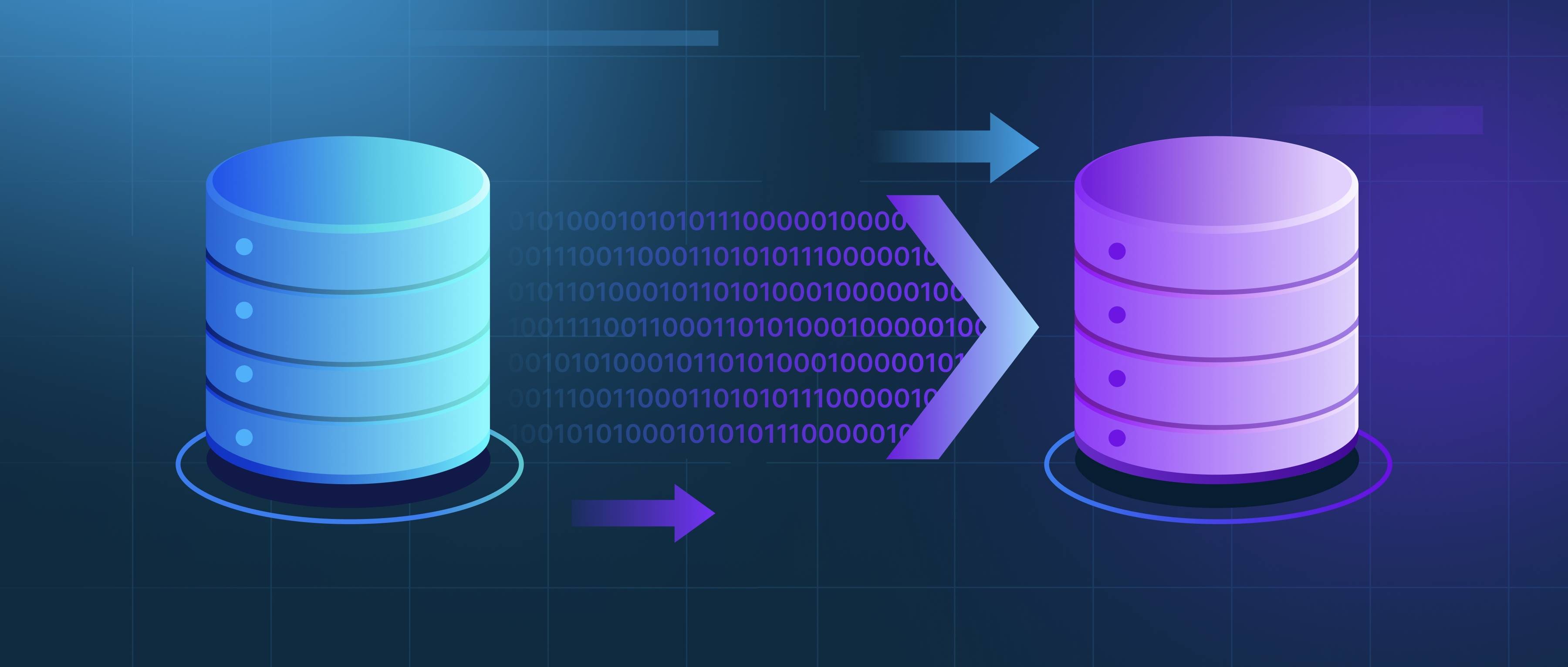LlamaIndex, previously known as GPT Index, supports retrieval-augmented generation (RAG) by integrating powerful data retrieval mechanisms directly with generative models. RAG is a technique that enhances response generation by pulling relevant information from external sources or databases at the moment of generation. LlamaIndex achieves this by enabling seamless connections between large language models (LLMs) and structured data sources, helping developers build applications that provide more accurate and context-rich outputs.
One of the core features of LlamaIndex is its ability to create indices that can efficiently retrieve data based on user queries or context. It supports various data formats, such as text documents, databases, and knowledge bases, allowing developers to fetch the most relevant information before generating a response. For example, if a user queries a specific topic, LlamaIndex can quickly search through indexed data to find the most applicable pieces of information. By doing this, the LLM is provided with a contextual backdrop, making the generated output not only coherent but also relevant and informed by real-world data.
In practice, using LlamaIndex in a RAG setup can greatly enhance applications like chatbots, search engines, or content generation tools. Developers can implement it to power search results that not only pull from a predefined dataset but also generate answers that synthesize insights from multiple sources. Implementing LlamaIndex can lead to improved user experiences, as responses are more dynamic and engaging, reflecting both the capabilities of the language model and the richness of the underlying data. This combination offers a practical solution for building smarter applications that require both understanding and accurate facts.
